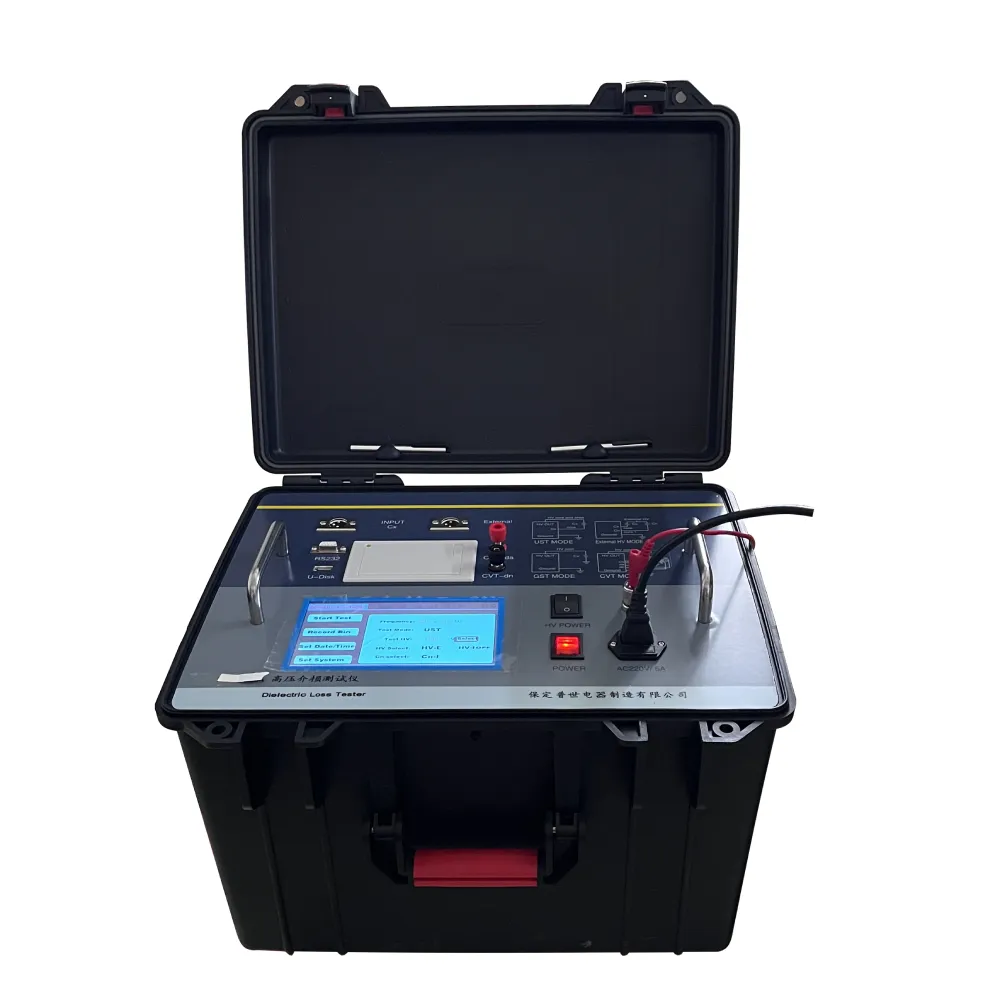 English
English



-
 Afrikaans
Afrikaans -
 Albanian
Albanian -
 Amharic
Amharic -
 Arabic
Arabic -
 Armenian
Armenian -
 Azerbaijani
Azerbaijani -
 Basque
Basque -
 Belarusian
Belarusian -
 Bengali
Bengali -
 Bosnian
Bosnian -
 Bulgarian
Bulgarian -
 Catalan
Catalan -
 Cebuano
Cebuano -
 China
China -
 China (Taiwan)
China (Taiwan) -
 Corsican
Corsican -
 Croatian
Croatian -
 Czech
Czech -
 Danish
Danish -
 Dutch
Dutch -
 English
English -
 Esperanto
Esperanto -
 Estonian
Estonian -
 Finnish
Finnish -
 French
French -
 Frisian
Frisian -
 Galician
Galician -
 Georgian
Georgian -
 German
German -
 Greek
Greek -
 Gujarati
Gujarati -
 Haitian Creole
Haitian Creole -
 hausa
hausa -
 hawaiian
hawaiian -
 Hebrew
Hebrew -
 Hindi
Hindi -
 Miao
Miao -
 Hungarian
Hungarian -
 Icelandic
Icelandic -
 igbo
igbo -
 Indonesian
Indonesian -
 irish
irish -
 Italian
Italian -
 Japanese
Japanese -
 Javanese
Javanese -
 Kannada
Kannada -
 kazakh
kazakh -
 Khmer
Khmer -
 Rwandese
Rwandese -
 Korean
Korean -
 Kurdish
Kurdish -
 Kyrgyz
Kyrgyz -
 Lao
Lao -
 Latin
Latin -
 Latvian
Latvian -
 Lithuanian
Lithuanian -
 Luxembourgish
Luxembourgish -
 Macedonian
Macedonian -
 Malgashi
Malgashi -
 Malay
Malay -
 Malayalam
Malayalam -
 Maltese
Maltese -
 Maori
Maori -
 Marathi
Marathi -
 Mongolian
Mongolian -
 Myanmar
Myanmar -
 Nepali
Nepali -
 Norwegian
Norwegian -
 Norwegian
Norwegian -
 Occitan
Occitan -
 Pashto
Pashto -
 Persian
Persian -
 Polish
Polish -
 Portuguese
Portuguese -
 Punjabi
Punjabi -
 Romanian
Romanian -
 Russian
Russian -
 Samoan
Samoan -
 Scottish Gaelic
Scottish Gaelic -
 Serbian
Serbian -
 Sesotho
Sesotho -
 Shona
Shona -
 Sindhi
Sindhi -
 Sinhala
Sinhala -
 Slovak
Slovak -
 Slovenian
Slovenian -
 Somali
Somali -
 Spanish
Spanish -
 Sundanese
Sundanese -
 Swahili
Swahili -
 Swedish
Swedish -
 Tagalog
Tagalog -
 Tajik
Tajik -
 Tamil
Tamil -
 Tatar
Tatar -
 Telugu
Telugu -
 Thai
Thai -
 Turkish
Turkish -
 Turkmen
Turkmen -
 Ukrainian
Ukrainian -
 Urdu
Urdu -
 Uighur
Uighur -
 Uzbek
Uzbek -
 Vietnamese
Vietnamese -
 Welsh
Welsh -
 Bantu
Bantu -
 Yiddish
Yiddish -
 Yoruba
Yoruba -
 Zulu
Zulu
polarity test of 3 phase transformer
Polarity Test of a Three-Phase Transformer
The polarity test of a three-phase transformer is a critical procedure in the commissioning and maintenance of electrical power systems. This test ensures that the connections of the transformer windings are correctly configured, which is vital for the proper operation of the transformer within a power system. Understanding the significance, methodology, and implications of the polarity test can enhance not only the reliability of electrical installations but also the safety of personnel and equipment.
A three-phase transformer consists of three sets of primary and secondary windings, which can be connected in either a delta or wye configuration. The polarity of the transformer windings refers to the correct phase relationship between the primary and secondary circuits. When transformers are connected in parallel, it is essential that their polarity be the same to avoid short circuits and potential damage to equipment. Therefore, performing a polarity test is crucial before bringing a transformer online.
The most common method for conducting a polarity test is the “secondary winding test.” This test involves applying a low voltage AC supply to one winding of the transformer while the secondary circuit is left open. By measuring the induced voltage in the other windings, technicians can determine the polarity of the transformer. A simple connection is made to the primary winding; if the induced voltage appears in the same phase (voltage rise) as the original supply, it indicates that the windings are in the correct polarity. Conversely, a negative phase shift (voltage drop) indicates incorrect polarity.
To perform the polarity test, the following steps are typically taken
1. Preparation Ensure that the transformer is de-energized and disconnected from the power source. Safety precautions must be adhered to in all electrical testing to protect personnel and equipment.
2. Connections Connect a low voltage AC supply to one phase of the primary winding. Use appropriate measuring instruments to monitor voltage.
polarity test of 3 phase transformer

3. Measurement Using voltmeters, measure the voltage across each of the remaining windings. Take note of the phase relationship between the applied and induced voltages.
4. Analysis Evaluate the phase relationships. A consistent phase correlation across all three windings indicates correct polarity. Any discrepancies should prompt further investigation and rectification of the connections.
5. Documentation Record the test results, including measurements and any anomalies, for reference in future maintenance and inspections.
The polarity test not only facilitates correct transformer operation but also ensures system stability. Transformers with mismatched polarities can lead to loops in the system and excessive circulating currents, which ultimately increase the risk of equipment failure and safety hazards. Additionally, it can impact relay settings and protection schemes, leading to failures in circuit interruption or fault isolation.
The implications of not conducting a polarity test or failing to interpret the results correctly can be severe. Incorrect polarity can lead to equipment stress, overheating, or even catastrophic failures. In extreme cases, it may pose safety risks to maintenance personnel and lead to secondary failures in connected components, amplifying repair costs and downtime.
In conclusion, the polarity test of a three-phase transformer is an essential practice in ensuring the reliability and safety of electrical systems. By accurately determining the polarity of the transformer windings, electrical engineers and technicians can prevent future equipment failures and promote stability within power systems. Proper training and adherence to testing protocols are essential for successful outcomes, underscoring the importance of this test in the realm of electrical engineering.
-
Ensuring Transformer Reliability with High-Precision Turns Ratio TestingNewsJul.18,2025
-
Ensuring SF₆ Gas Safety: Introducing PUSH’s Integrated SF₆ Analyzer for Dew Point, Purity, and Decomposition MonitoringNewsJul.10,2025
-
Exploring the Main Types of Industrial Endoscopes and Their Applications Across IndustriesNewsJul.04,2025
-
Testing Equipment Industry Sees Major Advancements in 2025: Smart & Precision Technologies Lead the WayNewsJun.06,2025
-
Applications of Direct Current Generators in Renewable Energy SystemsNewsJun.05,2025
-
Hipot Tester Calibration and Accuracy GuidelinesNewsJun.05,2025



